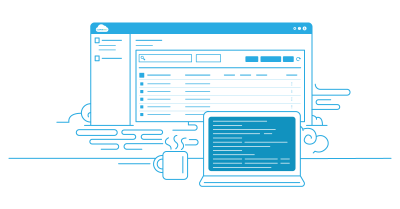In AWS, console access enables users to interact with and manage AWS resources. The AWS Management Console, a web-based interface, is like the steering wheel for your cloud. AWS administrators need to be cautious about enabling console access for a variety of critical reasons.
Security Concerns
AWS console access provides significant power over AWS resources. In the wrong hands, it can lead to unauthorized modifications, deletions, or exposure of sensitive data. It goes without saying, but AWS administrators need to safeguard their credentials to prevent security breaches.
Accidental Changes
Unintended actions or misconfigurations can occur, leading to service disruptions or accidental exposure of resources. Administrators should exercise caution to avoid unintended changes that might impact the availability or security of AWS resources.
Compliance Violations
Many organizations have strict compliance requirements. Unauthorized or undocumented console access can lead to non-compliance. AWS administrators need to ensure that access and actions are in line with organizational policies and regulatory standards.
Cost Overruns
Unrestricted console access can lead to unintended resource provisioning or mismanagement, with the result of unexpected costs. Administrators must monitor and control access to prevent unnecessary expenses.
Data Exposure
Access to the AWS Management Console often means managing sensitive data. Administrators need to be vigilant to prevent any compromise of data privacy, especially with personally identifiable information (PII) or sensitive corporate information.
Weak Governance
Console access allows administrators to create, modify, and delete AWS resources. Without proper governance, this can lead to proliferation of resources, making it difficult to manage them effectively.
Identity & Access Management (IAM) Risks
Console access is often linked to IAM roles and policies. Administrators must carefully configure IAM settings to ensure that users have the minimum viable permissions for their roles.
Human Error
Human errors are a common cause of issues in AWS cloud environments. Administrators need to be cautious while navigating the console to prevent unintended actions.
Securing AWS Console Access
AWS administrators need to exercise caution with console access to maintain the security, compliance, and efficiency of AWS environments. Implementing strong access controls, regularly auditing permissions, and staying informed about best practices are essential for secure console management.
Least Privilege Access
Least privilege access means granting individuals or systems the minimum level of permissions required to perform their specific tasks. This approach reduces the overall security risk.
Monitoring & Logging
Administrators should set up monitoring and logging for console access. This allows them to detect and respond to any suspicious or unauthorized activities promptly.
Incident Response
In the event of a security incident or breach, administrators need to quickly respond and remediate the situation. Properly managing console access ensures that the incident response process can be executed effectively.



Leave A Comment